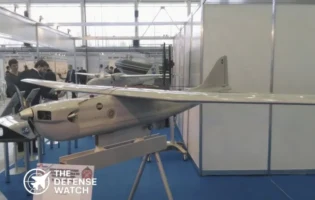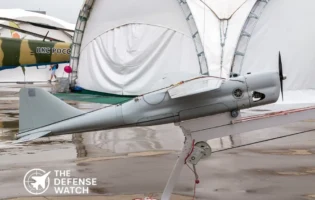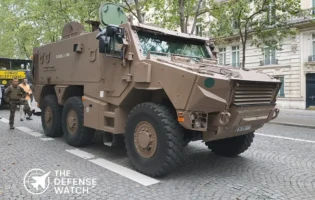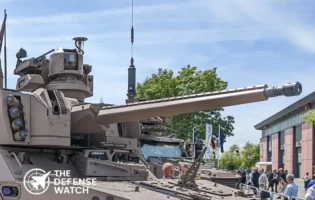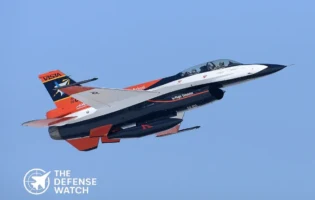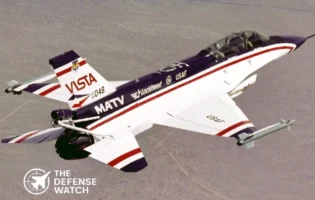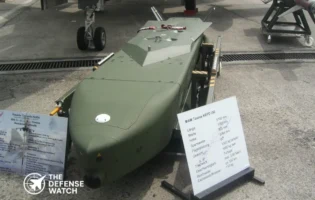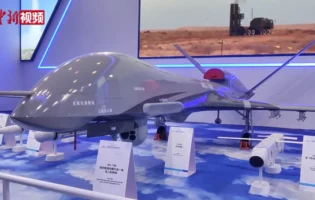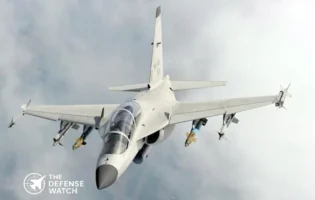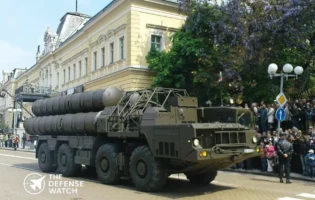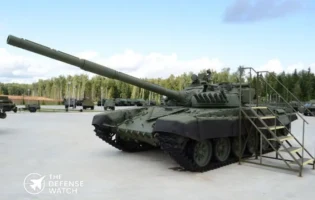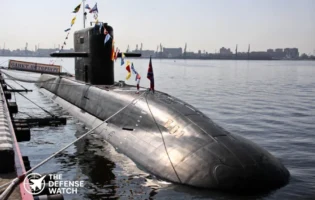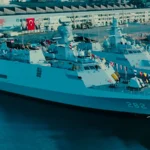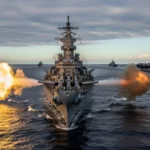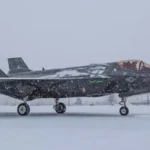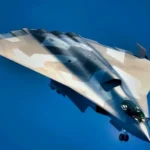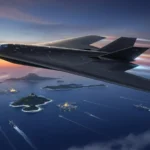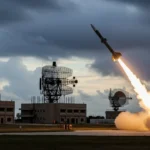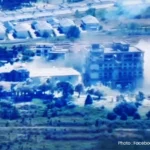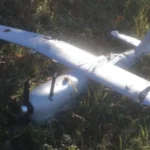- Home
- Catalog
- Naval Warfare Systems
- Los Angeles-class Submarine (SSN-688)
Los Angeles-class Submarine (SSN-688)

Full Specifications
1. General Information
| System Name | Los Angeles-class (SSN-688) |
| Type / Role | Nuclear-Powered Attack Submarine |
| Manufacturer | Electric Boat / Newport News Shipbuilding |
| Country of Origin | United States |
| In Service | 1976–Present |
| Year Introduced | 1976 |
| Unit Cost | Approx. $1.6 Billion (adjusted) |
| Crew | 129 (12 officers, 117 enlisted) |
2. Dimensions & Structure
| Length | 110.3 m (362 ft) |
| Beam (Width) | 10.1 m (33 ft) |
| Draft | 9.4 m (31 ft) |
| Displacement | 6,900 tons (submerged) |
| Hull Material | HY-80 Steel |
| Deck Configuration | Single Hull |
3. Performance & Propulsion
| Propulsion Type | Nuclear-powered steam turbine |
| Engine Model | S6G Reactor with turbines |
| Power Output | 35,000 shp |
| Maximum Speed | 30+ knots (56 km/h) |
| Range | Unlimited (nuclear propulsion) |
| Endurance | 90 days (crew-limited) |
4. Sensors & Radar Systems
| Primary Radar | BPS-15 surface-search radar |
| Radar Range | Classified |
| Sonar System | AN/BQQ-5, TB-29 towed array |
| Electro-Optical / IR System | None (periscope imaging) |
| Electronic Warfare Suite | AN/WLR-9(V) |
| Fire Control Radar | Mk 117 Fire Control System |
5. Weapons & Armament
| Main Gun | N/A |
| Vertical Launch System (VLS) Cells | 12 (later variants) |
| Missiles | Tomahawk Land Attack Missiles |
| Anti-Ship Missiles | UGM-84 Harpoon |
| Anti-Submarine Torpedoes | Mk 48 ADCAP |
| Close-In Weapon System (CIWS) | N/A |
| Decoy Systems | Acoustic countermeasures |
6. Aviation & Support
| Helicopter Capability | None |
| Hangar Capacity | None |
| UAV Operations | No |
| Flight Deck Size | N/A |
| Replenishment at Sea | Yes |
7. Defensive & Electronic Systems
| Countermeasures | Acoustic decoys |
| ECM / ECCM | AN/WLR-9(V) suite |
| Missile Defense System | None |
| Combat Management System | Mk 117 |
| Communication Systems | Secure SATCOM, Link-11 |
8. Operational Information
| Service Branch | U.S. Navy |
| Primary Operator | United States |
| Operational History | Over 40 years of global deployments |
| Notable Feature | First U.S. class with VLS Tomahawks |
PROS
- Proven multi-mission versatility
- High underwater speed and endurance
- Nuclear propulsion for unlimited range
- Robust weapons suite with Tomahawk VLS
- Extensive operational history and upgrades
CONS
- Aging fleet with limited modernization potential
- Lacks advanced stealth features of newer classes
- Crew-intensive operations
- High maintenance costs due to reactor systems
- No vertical launch system in early variants
Los Angeles-Class SSN-688: Backbone of U.S. Attack Submarine Fleet
The Los Angeles-class (SSN-688) nuclear-powered attack submarines are the enduring workhorses of the U.S. Navy’s undersea fleet. Designed and built by Newport News Shipbuilding and Electric Boat (General Dynamics), these submarines entered service in 1976 and have formed the core of America’s deep-sea deterrent ever since.
Developed during the height of the Cold War, the Los Angeles-class was engineered to counter advanced Soviet submarines while maintaining a multi-mission profile. The SSN-688 combines speed, endurance, and versatility, performing roles such as anti-submarine warfare (ASW), anti-surface warfare (ASuW), intelligence collection, and cruise missile strikes.
Powered by a S6G nuclear reactor, the submarine achieves speeds exceeding 30 knots (56 km/h) underwater with near-limitless range. Later variants — the Improved Los Angeles (688i) models — feature Vertical Launch System (VLS) tubes for Tomahawk cruise missiles, enhanced quieting, and advanced sonar arrays for superior detection and tracking.
Armed with four 533 mm torpedo tubes, the SSN-688 can launch Mk 48 ADCAP torpedoes, Harpoon anti-ship missiles, and Tomahawk Land Attack Missiles (TLAMs). Its BQQ-5 sonar suite, BPS-15 radar, and sophisticated EW systems enable effective operations in contested waters.
Over 60 submarines were constructed between 1976 and 1996, forming the backbone of the U.S. Navy’s attack submarine fleet for decades. Although gradually replaced by Virginia-class submarines, many Los Angeles-class boats remain active, continuing to uphold the U.S. Navy’s global undersea dominance.
Los Angeles-Class SSN-688 Price in United States
The estimated unit cost of a Los Angeles-class submarine was around $1.6 billion (modern equivalent) at the time of production. Operational costs depend on refit and modernization programs under U.S. Navy maintenance schedules.
Reviews
Disclaimer Note
The information provided on TheDefenseWatch.com is for general informational purposes only. While we strive to ensure the accuracy, completeness, and timeliness of our content regarding defense and aerospace products, technologies, and specifications, we cannot guarantee that all information is 100% accurate or up-to-date due to the evolving nature of military technology and classified data. TheDefenseWatch.com does not warrant the reliability, suitability, or availability of the information for any specific purpose. Users are advised to consult official sources, such as manufacturers, government publications, or defense agencies, for precise and verified data before making decisions based on our content. We are not affiliated with any defense manufacturers, governments, or military organizations mentioned. Opinions, reviews, and ratings reflect expert analysis but are subjective and should not be considered endorsements. TheDefenseWatch.com is not responsible for any errors, omissions, or consequences arising from the use of this website’s content. External links are provided for convenience and do not imply endorsement. TheDefenseWatch.com reserves the right to update or modify content without prior notice. By using this website, you agree to our Privacy & Cookies Policy.







